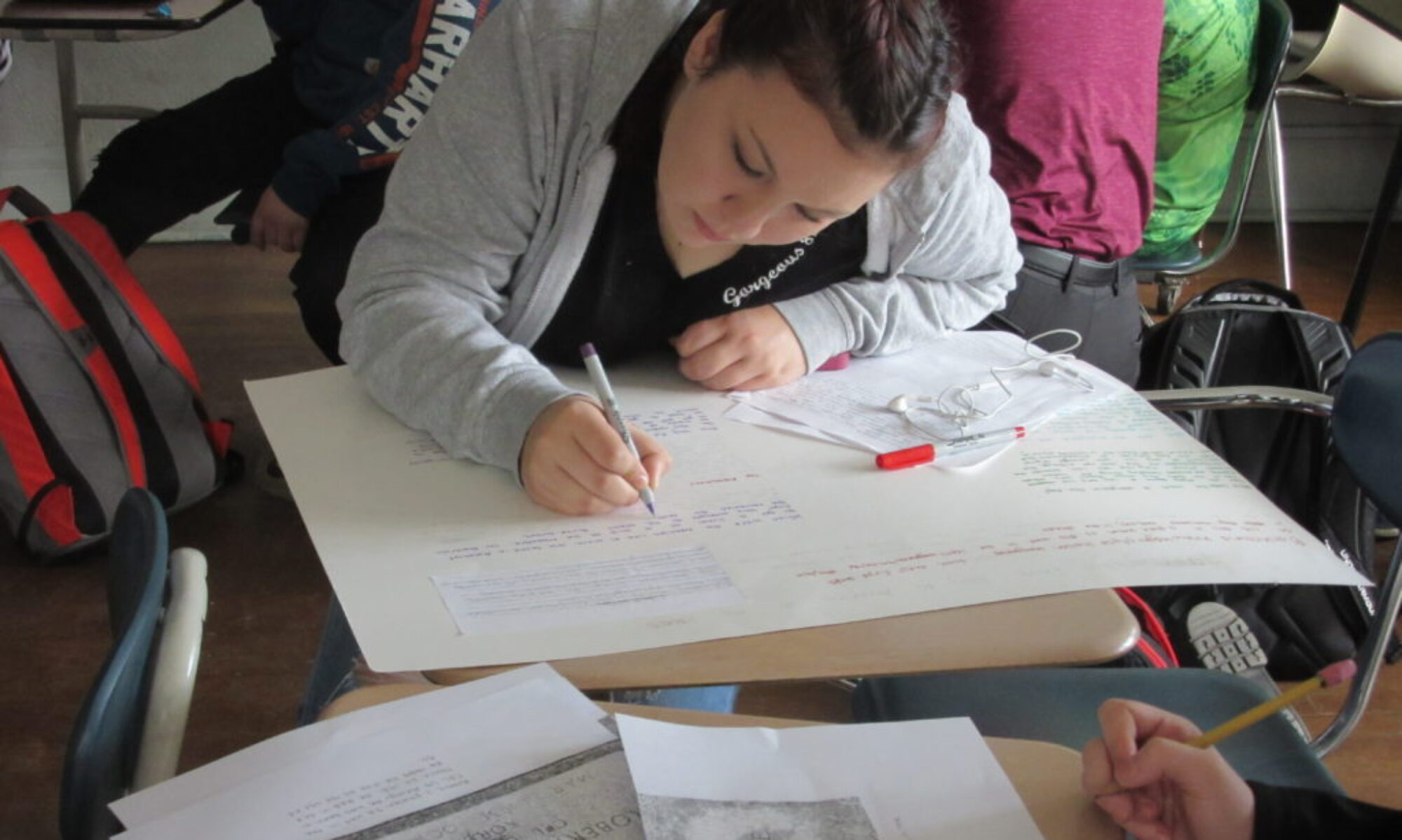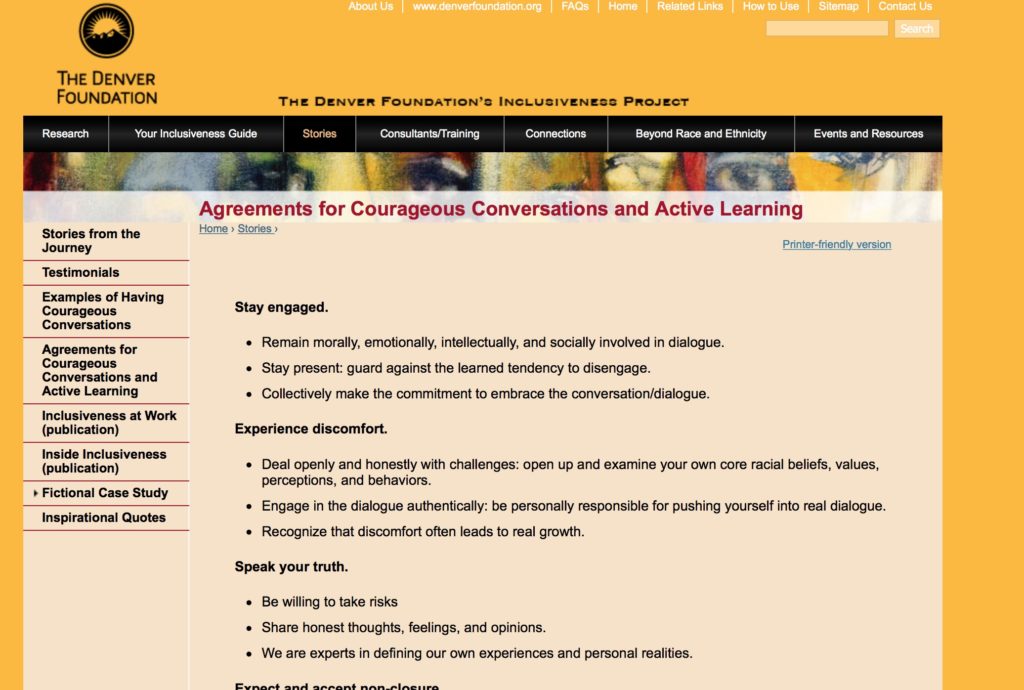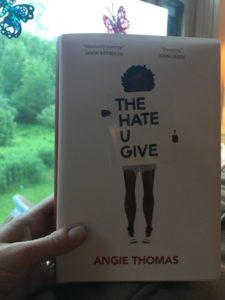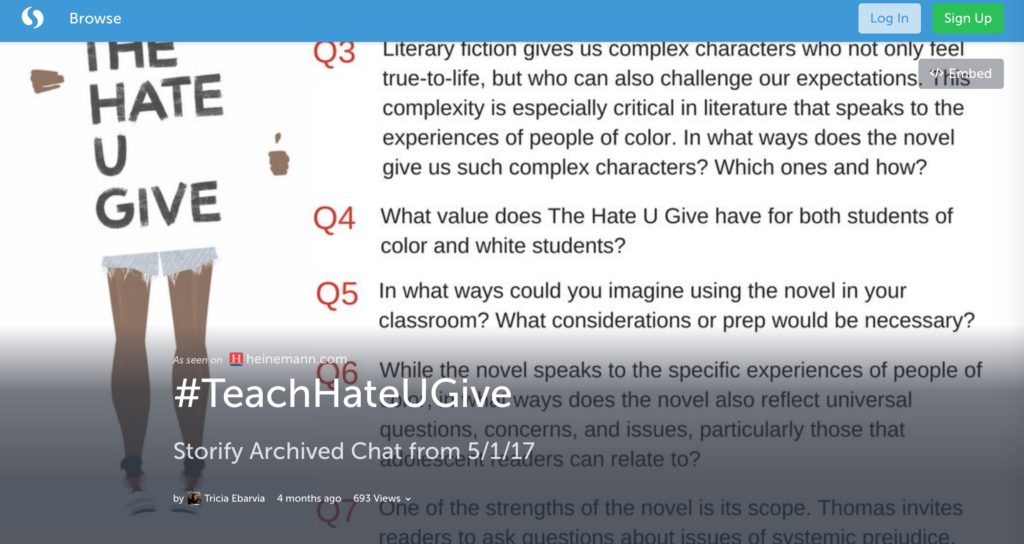The birth of a YA teacher’s book club
“Sometimes you can do everything right and things will still go wrong. You’ve just got to keep doing right.”
–Starr’s mom, in The Hate U Give by Angela Thomas
One rainy June day a dozen #vted teachers crowded around two small tables in the Champlain College cafeteria, here in Burlington. On the tables were multiple copies of The Hate U Give, a YA novel by Angela Thomas.
I rushed in out of the rain, still damp from running between buildings, still jazzed from leading a workshop. Grabbing a bowl of hot and gooey cafeteria macaroni and cheese, I headed for the tables. Scooching in next to Kathleen Bringear, a professor at Johnson State College, I listened. Surrounded by librarians, middle school teachers, professors, and professional development coordinators, I listened, and I shared.
This was our brand-new twitter-born book club
We all came to the cafeteria that day with an interest in discussing, reading, and engaging with issues of race. We pledged to read and discuss YA books that challenged our thinking and promoted social justice. Books that promoted equity, understanding, and dialogue about the thorny issues of race, class, immigration, and current world issues. We were eager for diverse books and eager to hear the stories that haven’t been widely told.
And with only 22% of characters in children’s books being people of color in 2016, as teachers we have the opportunity to elevate these stories.
Book club guidelines
Our new book club followed some helpful guidelines shared by Jeanie Phillips and Christie Nold, based on these agreements about Courageous Conversations.
- Expect discomfort
- Expect non-closure.
We found both those guidelines particularly helpful as white teachers discussing issues of race. It helped me personally to know that the conversation would be uncomfortable at times, and that we would not be able to “fix” everything. As a person who likes to problem solve, this is difficult. I like solutions. But engaging with the discussion is moving forward, and I needed to know that.
A little bit about our first read, a brave, important, and powerful book…
This book is about a girl named Starr, who is 16 years old, and lives in a high poverty neighborhood in an American city. She has to code switch as she moves between her neighborhood and the store her dad owns, and the fancy prep school she attends outside of town. This brings up all sorts of issues and realities of contemporary Black life: moving between her neighborhood friends and her school friends, dating a white boy, and the social dynamics of her two universes, and her two Starrs.
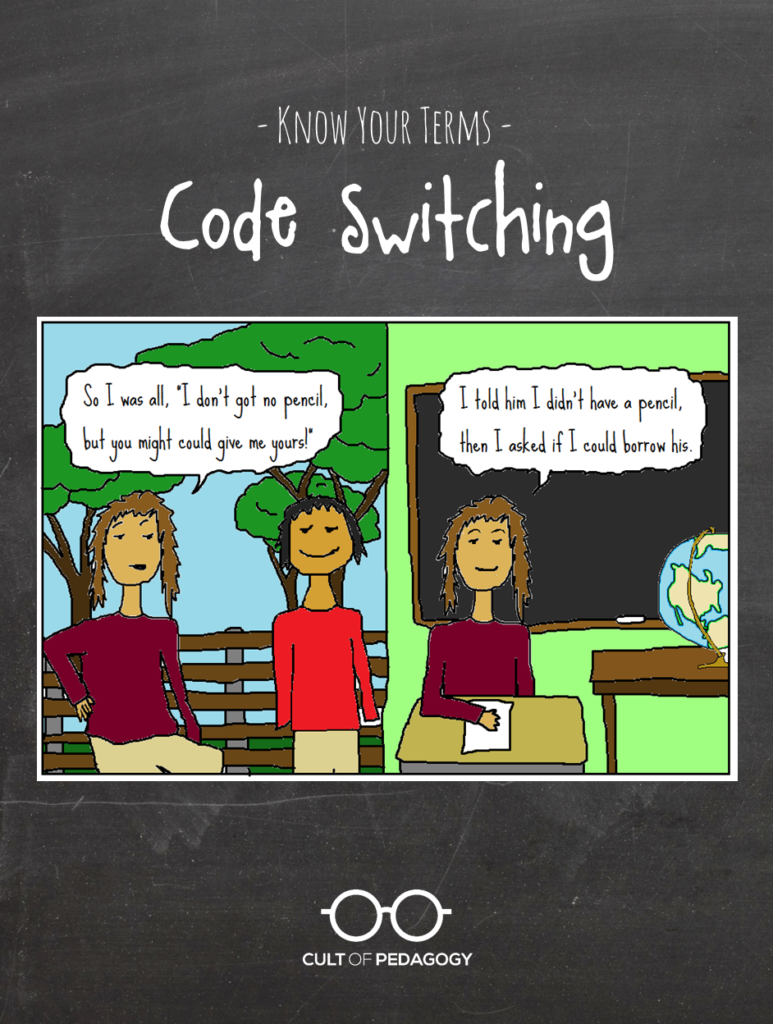
The book is rich with complex, three-dimensional characters that leap off the page. Big Mav, Starr’s dad, loves his daughter and his community endlessly, helping his family and kids at risk. He had also served time, and missed some of Starr’s younger years. Starr’s mom is a nurse who works extra hours to pay for private school and has a wicked sense of humor. Starr herself is vividly depicted and becomes real in the reader’s mind. She defies the stereotypes, limitations, and representations of Black, female teenagers.
Early in the book, Starr’s childhood friend, Khalil, drives Starr home from a party that turned violent. They’re pulled over, and Khalil, unarmed, is shot by police. The scene is searing, foregrounding the issue police violence on Black youth. The rest of the book then explores the fallout of this horrific night, and how Starr has to decide what to do to survive in her differing orbits, along with her family and friends.
This book presents readers with many issues worth discussing deeply: interracial couples; code-switching; police violence; protests and activism; community; different family configurations; stereotypes in the media; the legal system; and complex pressures on modern families.
Notes for teachers on this book:
Teachers and parents should know the book presents this violent incident head-on as well as the fallout; the text has some swearing and some adolescent sexuality. You’ll know if your students or child is ready for these topics. The book is rated for readers over 14. This post illuminates some issues about holding difficult content back from readers, and is worth considering as you decide if this book is right to read aloud with your students.
If I was considering reading it in a classroom, I would send a note or email home with a summary of the book, and encourage parents to have conversations about the book at home.
This book could also be a springboard for a deep dive into project-based learning.
Yes, project-based learning.
Students are presented with multiple issues to consider in the book. For example, a student could think of, or be given, a driving question such as:
- What’s code switching and why do people do it?
- What are police departments doing to stop violence against people of color?
- Which rights do every citizen in this country have? Are they being met?
- How can students get involved in community activities, events and protests that promote equality and fair treatment for all?
- Does the media represent different groups of people in different ways?
- Can the language we use impact people’s actions?
- Do the past injustices of this country impact our country today?
Then students could research these issues, with careful support from the teacher, and create and design projects that could increase awareness and understanding of these difficult issues.
They could create:
- videos
- infographics
- podcasts
- maps
- plays
- picture books
- art
- music
- essays
- letters to the editor
Then they could share these projects back to the community, and invite local public officials, community members, and local organizations that support diversity and equity to be part of their conversation.
But back to the Champlain College cafeteria book club.
We shared other ideas for books that approach the topic of race and identity, such as:
- Brown Girl Dreaming by Jacqueline Woodson
- Another Brooklyn by Jacqueline Woodson
- Towers Falling by Jewell Parker Rhodes
- How it Went Down by Kekla Magoon
During our session, I shared a project I’d heard of that explores how black men are portrayed in photos, and an attempt to change this representation.
We discussed the thin line between tokenism and representation, and how the silence about race is loud in our schools. Silence, one teacher said, is a tool of status quo and supremacy.
We discussed what it would take for a whole community read and discuss a book. The hour passed quickly, with so much more to talk about, and so much more to read and do.
The book club then read The Absolutely True Diary of a Part-Time Indian by Sherman Alexie. The group is currently reading Same Sun Here by Silas House and Neela Vaswani. Our next meeting is September 12th at 5:30pm at the Inn at Shelburne Farm, and you are welcome to join us.
For more ideas about how to use The Hate U Give as a teaching tool, check out this Storify of a Twitter chat on how to teach this book.
Why books? Why now?
It takes #everydaycourage to read books that challenge thinking, perspective, power, and concepts of race and identity. We need this courage, and to consider what our silence says if we are not engaging with difficult issues with our students. They need help figuring out a complex, ever-changing and often frustrating world, and our classrooms can be a safe place to wrangle with these issues.
Please share with us your thoughts on The Hate U Give, book clubs, courageous conversations, or any links to books you think we should read.
SaveSave
SaveSave
